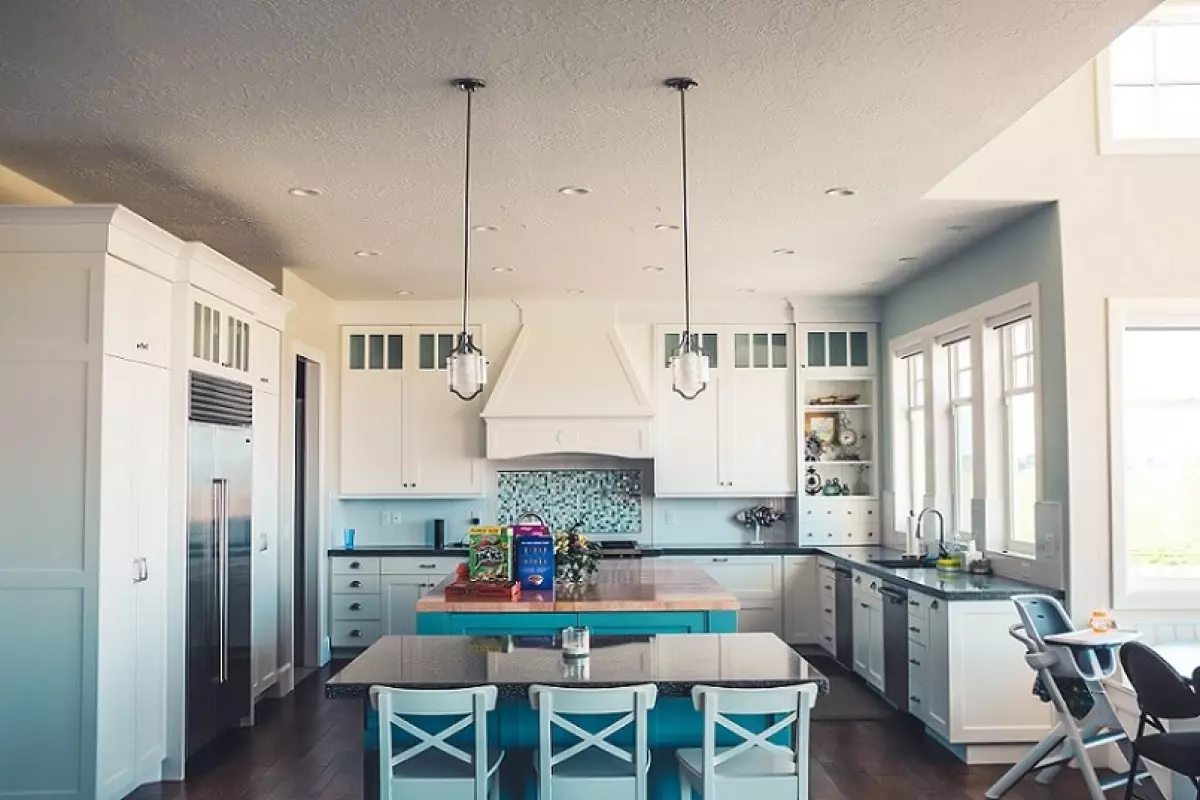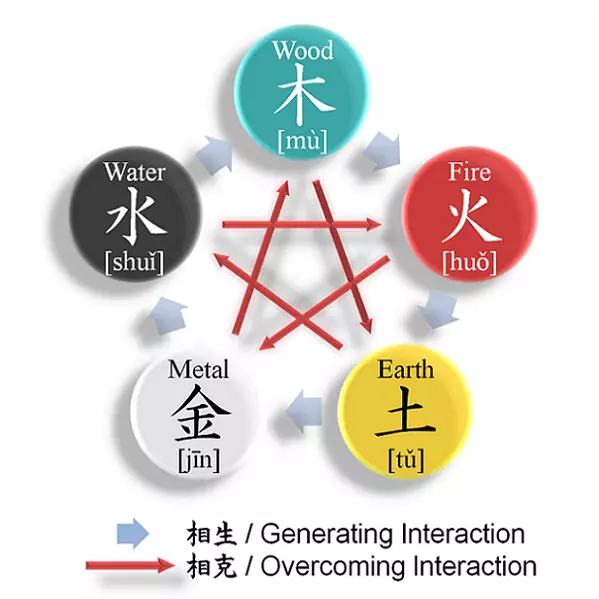The Art of Balancing Energy
Feng shui, meaning "wind-water" in English, is a traditional Chinese practice that focuses on maximizing the flow of energy, known as Qi. This ancient philosophy aims to cultivate the positive Qi in and around living spaces, enhancing the overall well-being of individuals. While originally used to select burial sites and settlements, modern feng shui has found its place in interior design, allowing people to harness the benefits of Qi in their homes.
 Image: Feng shui in the kitchen of a home
Image: Feng shui in the kitchen of a home
A Journey Through Time
Feng shui dates back to the Han dynasty of China, with some of its principles having existed for thousands of years. Historically, feng shui influenced the placement of important structures and even the layouts of entire cities. Despite being banned in China in 1949, feng shui continues to be practiced by many, particularly in Hong Kong, where it holds significant influence.
There are various schools of feng shui, each providing unique perspectives on energy flow. The oldest is the Form School, which analyzes energy by studying the surrounding scenery. The Compass School, on the other hand, utilizes compass directions to evaluate the Qi of a specific area. Presently, the Black Hat School, established in the 1980s, is the most popular due to its accessibility for beginners.
Harnessing the Benefits of Feng Shui
Feng shui promises a multitude of benefits by aligning the five elements and creating harmony within the home's Qi. These benefits include wealth attraction, love enhancement, career success, improved health, vitality, and protection against misfortune. However, it's essential to understand that each benefit is associated with a specific element and area of the home, making feng shui a multifaceted practice.
 Image: Feng shui map and compass with labels
Image: Feng shui map and compass with labels
The Feng Shui Energy Map
Central to feng shui is the bagua, a 3-by-3 grid that represents the nine areas of the home. Each area corresponds to a different element and outcome. In the Black Hat School, the home's entrance is treated as north, and the other directions are aligned accordingly. The bagua serves as a guide to understand the energy flow within your living space.
Colored sections within the bagua are not merely decorative; they hold significance in feng shui. Incorporating furniture or objects in specific colors can influence the elements in each area of the bagua. This underscores the importance of color in this practice.
Understanding the bagua and the cycles of the five elements, known as wuxing, is crucial for applying feng shui effectively. The regenerative and overcoming cycles of the elements determine their interactions. With this knowledge, you can begin to apply feng shui principles to your home and create a harmonious environment.
 Image: Feng shui elements - wood, fire, water, metal, and earth
Image: Feng shui elements - wood, fire, water, metal, and earth
By incorporating the principles of feng shui into your interior design, you can create a positive and balanced atmosphere within your living space. Embracing this ancient practice allows you to optimize the flow of energy, promoting overall well-being and a harmonious lifestyle.











